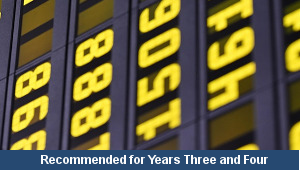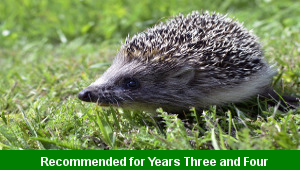Lesson Six – Data Queries

This computing teaching pack for Key Stage Two gets the children to explore and record different ways of using information in a database by sorting and querying data about some of the different volcanoes that can be found around the world.
The class can list key questions that a database could answer about different volcanoes such as which volcano is the highest or has erupted the most recently.
Download this teaching pack including a lesson plan, classroom activities and an interactive presentation to explore and record different ways of using information in a database by sorting and querying data about some of the different volcanoes that can be found around the world
Activities in this teaching pack include display posters to identify and describe different ways of sorting and querying sets of data and a set of cards to sort and search a set of data that has been collected about volcanoes around the world.
The interactive presentation gets the children to explore different ways of using information in a database by sorting and querying data about volcanoes.
This lesson is part of a computing scheme of work to get the children to explore how to use databases to store, organise and interrogate data about different volcanoes that can be found in locations and communities around the world. There are teaching activities for shared learning, differentiated worksheets to support independent learning and interactive presentations to introduce concepts and key skills.
-

Rounding Hundreds
Explain and model how to round some different numbers to the nearest hundred based on the place values of the digits in each number
-

Rounding Tens
Identify and record how to round some different numbers to the nearest ten based on the place values of the digits in each number
-

Classic Animal Stories
Investigate the structure and content of classic works of fiction by significant authors with animals as the main characters
-

Cities, Towns and Villages
Research and present the history of a range of different buildings and people that are part of the local community using a school exhibition
